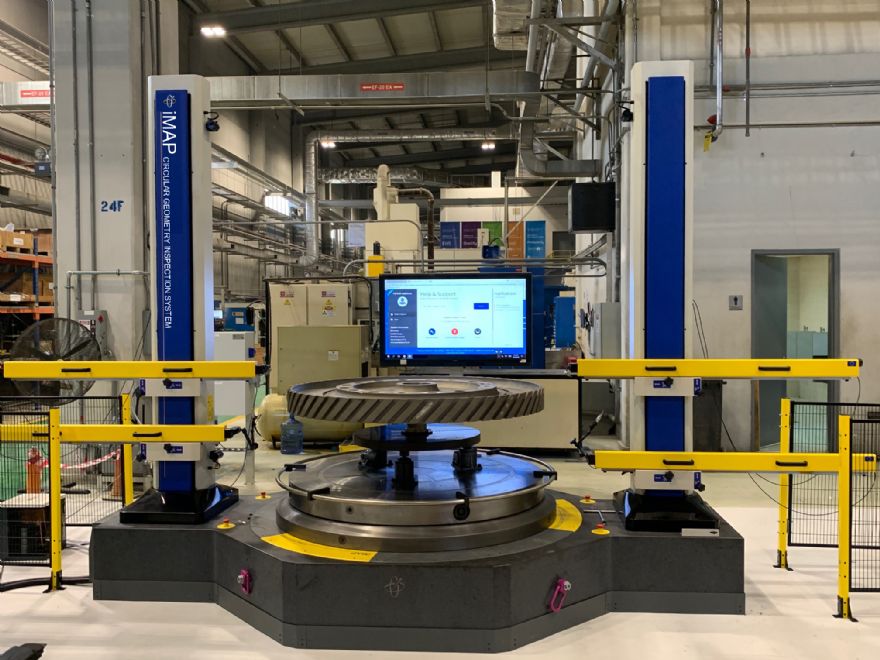
Bath-based
Rotary Precision Instruments UK Ltd (RPI), a leading provider of high-accuracy rotary positioning and inspection devices, has developed a system for the measurement and assembly of gas turbine rotors that reduces the rate of ‘tear-downs’ by 95%.
The assembly of a gas turbine rotor is an extremely complicated and time-consuming process, and it can take a week or more to assemble a rotor because the geometric tolerances of the assembly must be very closely controlled to ensure efficient performance and safe operation.
If the rotor doesn’t meet final assembly criteria, it is the subject of a ‘tear-down’ that sees it completely disassembled and reassembled — interrupting the entire manufacturing process and adding significant cost.
These costly ‘tear-downs’ can be avoided if individual rotor component geometries are ‘fully characterised’ and if the rotor assembly is simulated prior to its actual assembly. This virtual assembly process is commonly known as ‘rotor stacking’.
RPI’s Integrated Measurement and Assembly Platform (iMAP) is a complete rotor-stacking solution featuring a high-precision, motorised air-bearing rotary table, an ‘AccuScan’ circular geometry inspection system, and ‘IntelliStack’ rotor-stacking software. It can handle components weighing up to 35 tonnes and over 20m3, while achieving sub-micron mechanical accuracies and a measuring resolution of less than 250nm.
Traditional dial indicator measurement methods are still used by some global OEMs, where data is manually collected and recorded from perhaps 8 to 12 data points per part surface, one surface at a time, and sometimes taking a full shift just to measure a single part.
With an iMAP system, this time-consuming and error-prone process is replaced by the automated collection of up to 4,000 data points per surface from as many as eight surfaces in one 30sec rotation of the part.
Jim Palmer, RPI’s sales manager, said: “Tear-downs are costly not only in the typical sense, but also in terms of time and labour. The tolerances for assembly of gas turbine and aircraft engines rotors are microscopic, smaller than an eighth of a strand of human hair.
“With AccuScan, our customers can reliably measure the tolerances to prevent tear-downs or operational problems later on. Moreover iMAP has been independently verified and proven to offer our customers significant operational improvements over their traditional assembly methods.
“The dial indicator measurement system often results in more guess work and many more teardowns, with around a 50% failure rate. RPI’s technology has reduced this to less than a 5% failure rate.”